The Battle of Midway in the North Pacific changed the course of World War Two, but left five aircraft-carriers sunk to great depth, four of them Japanese and one American. Now a US expedition has been able to capture images of three of those warships in their final resting-places.
ROV dives to the wrecks at depths beyond 5km took up several days of a month-long NOAA-funded expedition called Ala ’Aumoana Kai Uli to the remote north-western section of the Papahanaumokuakea Marine National Monument (PMNM) area.
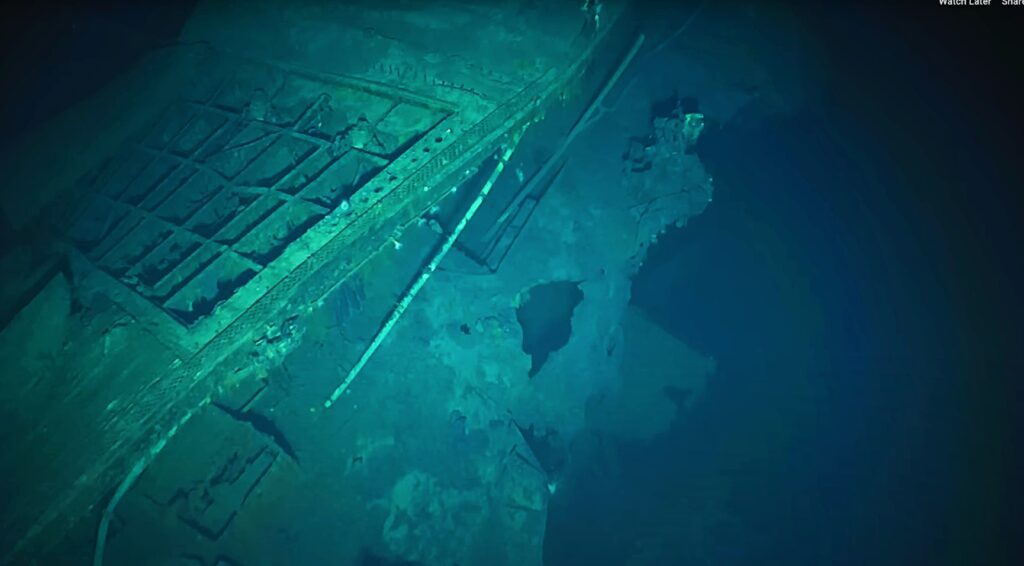
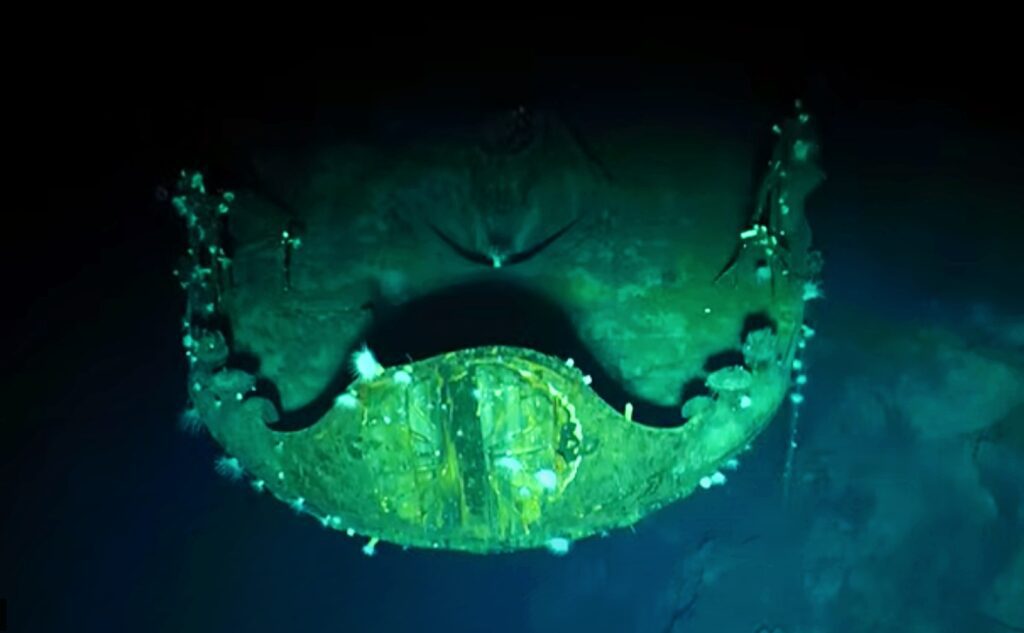
Lying about 1,400 miles north-west of Hawaii, this is the USA’s largest protected area and one of the biggest in the world. The expedition used the 68m exploration vessel Nautilus, which is owned by the Ocean Exploration Trust (OCT) under the direction of famed US wreck-researcher Robert Ballard.
The OCT and NOAA Ocean Exploration carried out detailed exploration of the Imperial Japanese Navy carriers IJN Akagi and IJN Kaga, which had both taken part in the Pearl Harbor attack that brought the USA into WW2 in 1941, as well as the American carrier USS Yorktown.
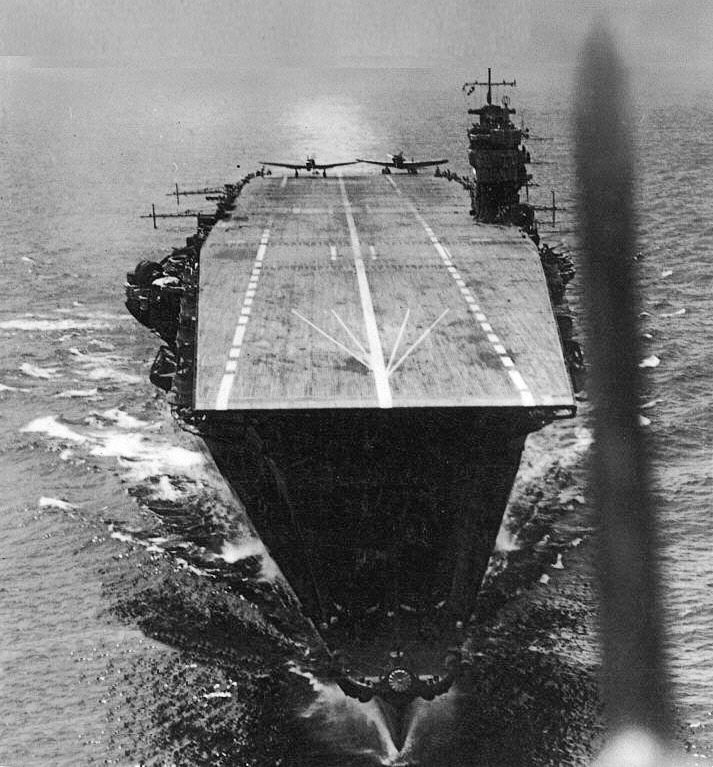
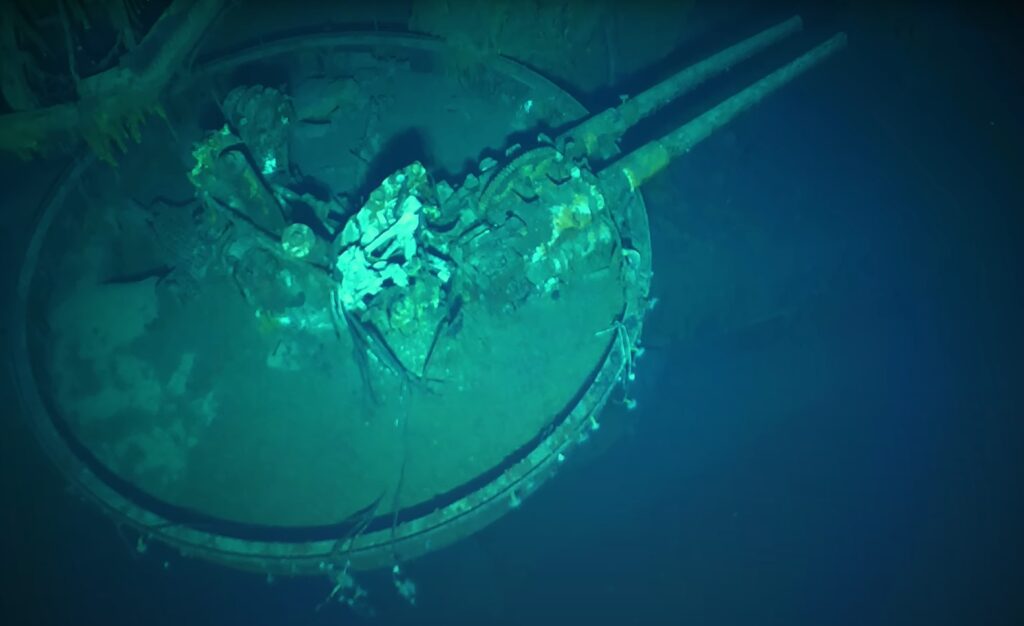
The ROV Atalanta dived first to the Akagi, which had been located during a mapping survey four years ago, as reported at the time on Divernet.
In 2019 the US Vulcan team’s ROV had been badly damaged while investigating the Kaga at a depth of 5.4km – leaving them unable to capture images of Akagi when they went on to locate it at a similar depth.
Between 8 and 12 September this year the OCT / NOAA team carried out three “non-invasive” ROV visual surveys over 14 hours on Akagi, a converted battle-cruiser on which 267 men had died by the time the badly damaged vessel was scuttled.
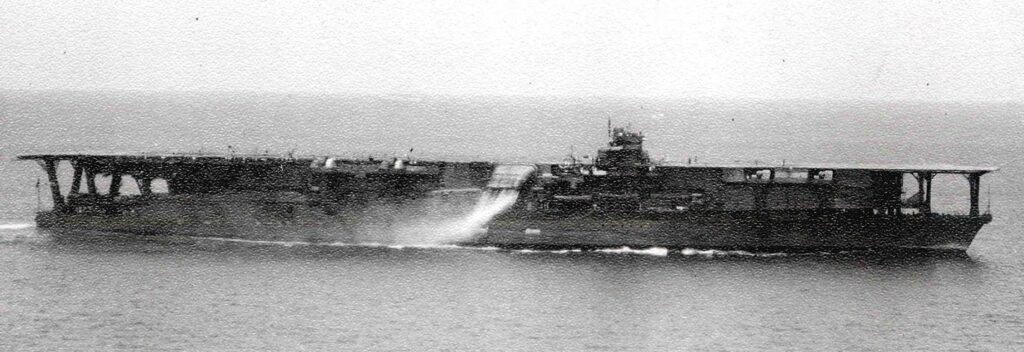
They also carried out the first detailed surveys of the Kaga, a carrier that had been converted from a battleship and suffered the most fatalities of the carriers at Midway – 811. The survey concentrated particularly on battle and seafloor-collision structural damage.
The ROVs then descended to the USS Yorktown, which had been located in 1998 during a joint US Navy and National Geographic expedition led by Ballard. The researchers were able to make out the carrier’s CV-5 designation – 141 of those onboard had died when it sank after being torpedoed by a Japanese submarine.
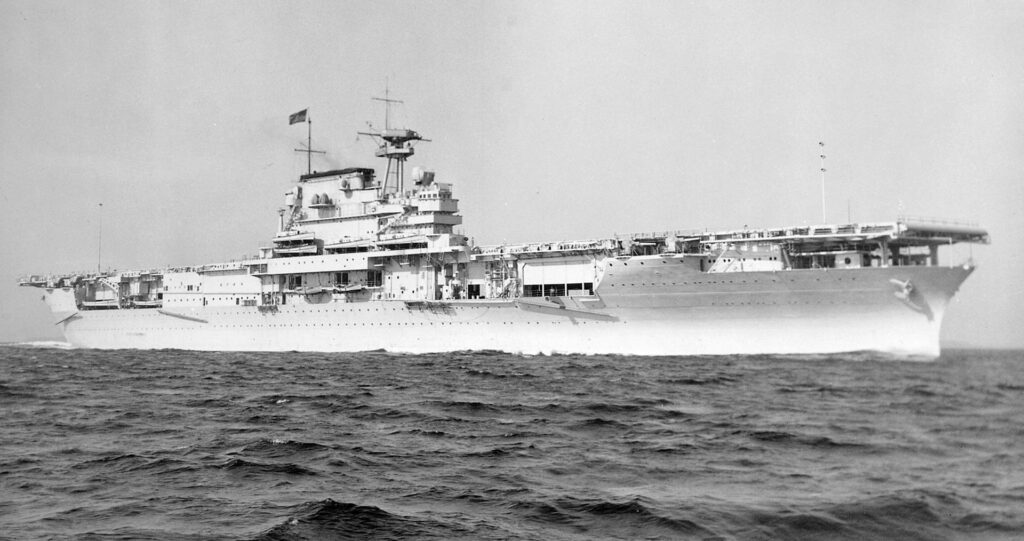
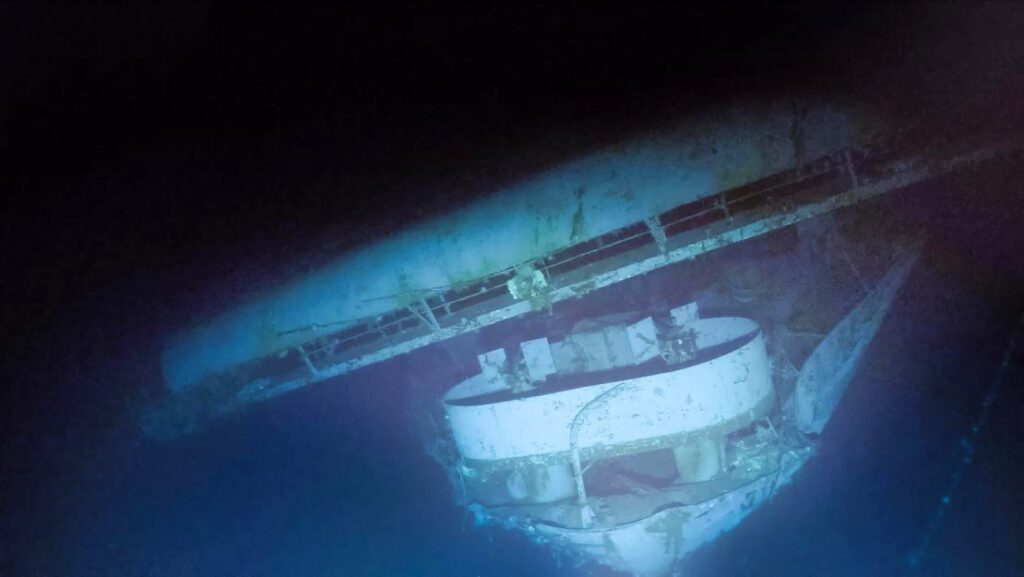
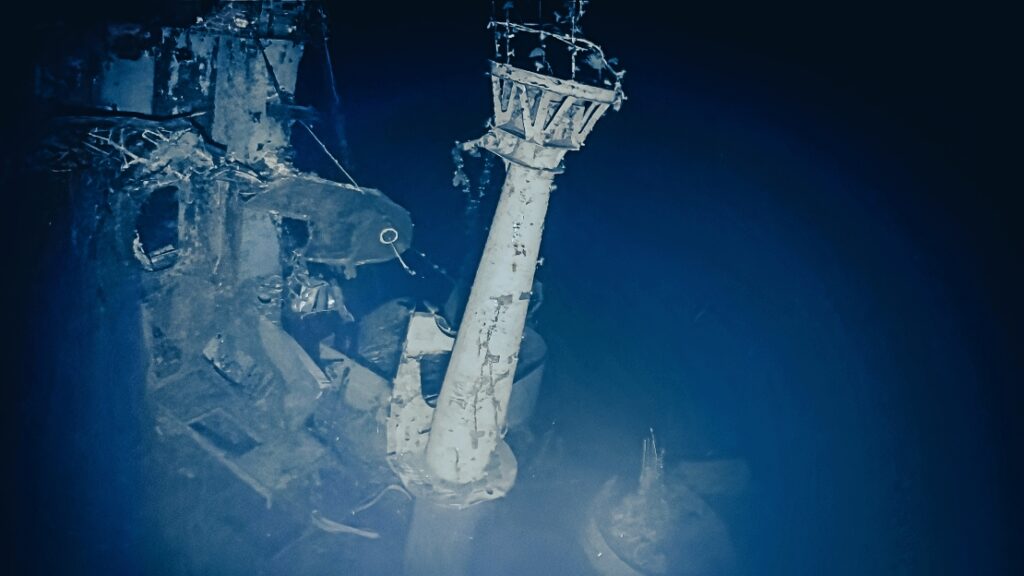
The three dives were the deepest so far of the 1,000 or so conducted by ROVs launched from Nautilus. They were livestreamed on Nautilus Live, allowing more than 100 maritime archaeological experts from the USA, Japan and elsewhere to help guide the mission and provide “valuable real-time interpretations throughout the surveys”.
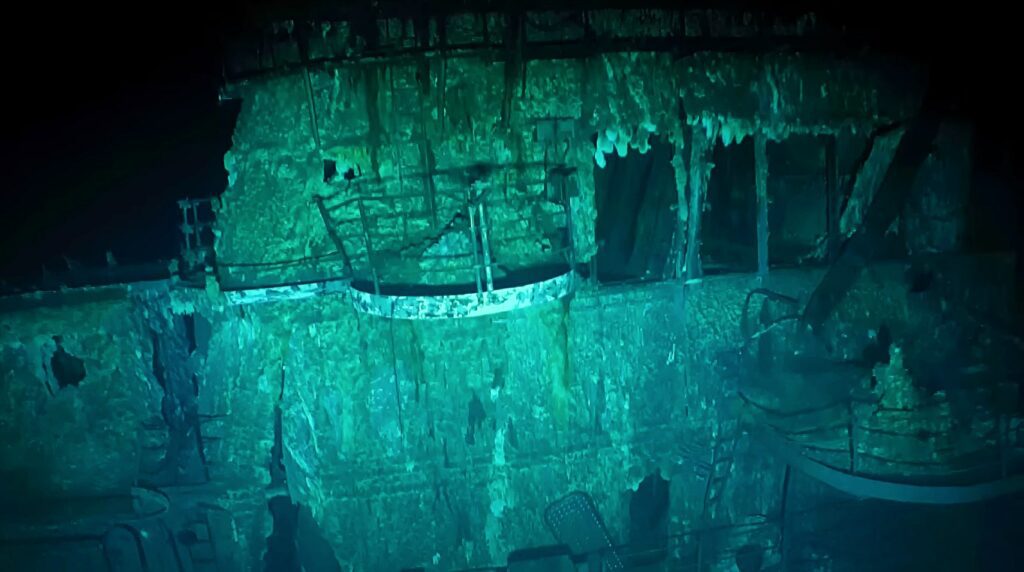
“During over 43 hours at depth, we methodically circumnavigated these historic wrecks, bringing to light many features in great detail, including their armament, battle- and sinking-related damage,” said OCT chief scientist Daniel Wagner. “Many anti-aircraft guns were still pointing up, providing clues about the final moments on these iconic ships.
“The vast majority of our ocean lies in very deep waters that we know virtually nothing about. These deep-sea explorations highlight how many extraordinary things are still hidden and waiting to be found in the great depths of our ocean.”
Each dive began and ended with ceremonies to honour the location and all who lost their lives in ways that reflected their significance to Kānaka ʻOiwi (Native Hawaiian), Japanese and US military families and communities.
“On this occasion, we meet on those same Pacific waters in which Japan and the US once met in battle, but this time as allies and fellow researchers,” said Japanese minister Kosei Nomura.
“We are reminded that today’s peace and tomorrow’s discoveries are built on the sacrifices of war, and so in my view, it is meaningful that Japan and the US are now deepening their co-operation at Midway, utilising such cutting-edge technology.”
Also on Divernet: WW2 aircraft-carrier wreck found, Petrel scores again – with aircraft-carrier, Historic Japanese battleship wreck identified, Vulcan finds deepest-ever warship wreck, How 100m+ divers identified lost aircraft-carrier
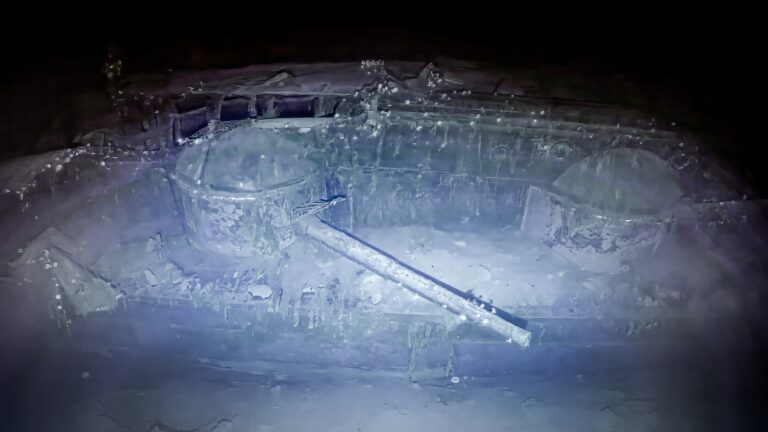

Watch China launch salvage barges, now.
wow, this is unbelieveable footage, so clear and crisp. Thank you to all of the partners who made this possible and let’s not forget all of those brave servicemen who lost their lives.